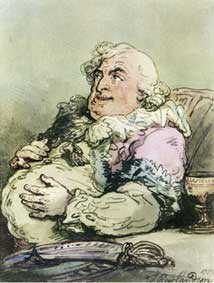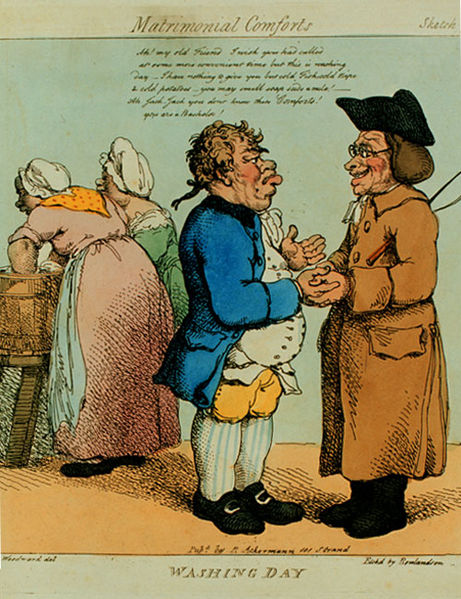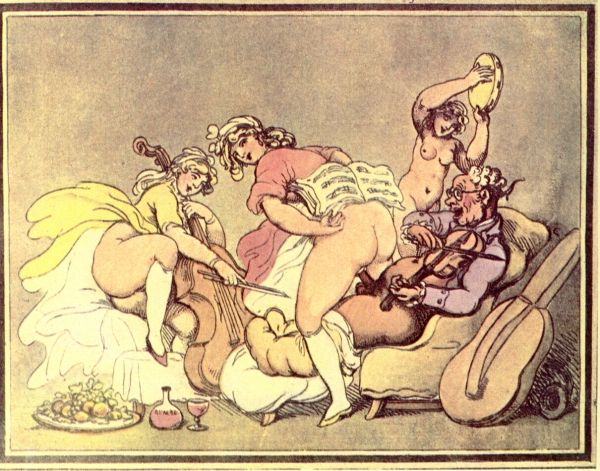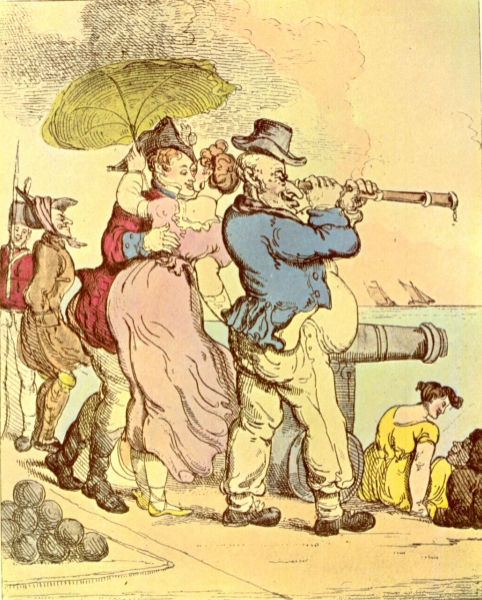Thomas Rowlandson (1756 – 1827)
Do you think you may own an illustration by Thomas Rowlandson?
Get a Rowlandson Certificate of Authenticity for your painting (COA) for your Rowlandson drawing.
For all your Rowlandson artworks you need a Certificate of Authenticity (COA) in order to sell, to insure or to donate for a tax deduction.
Getting a Rowlandson Certificate of Authenticity (COA) is easy. Just send us photos and dimensions and tell us what you know about the origin or history of your Rowlandson painting or drawing.
If you want to sell your Rowlandson painting or drawing use our selling services. We offer Rowlandson selling help, selling advice, private treaty sales and full brokerage.
We have been authenticating Rowlandson and issuing certificates of authenticity since 2002. We are recognized Rowlandson experts and Rowlandson certified appraisers. We issue COAs and appraisals for all Rowlandson artworks.
Our Rowlandson paintings and drawings authentications are accepted and respected worldwide.
Each COA is backed by in-depth research and analysis authentication reports.
The Rowlandson certificates of authenticity we issue are based on solid, reliable and fully referenced art investigations, authentication research, analytical work and forensic studies.
We are available to examine your Rowlandson painting or drawing anywhere in the world.
You will generally receive your certificates of authenticity and authentication report within two weeks. Some complicated cases with difficult to research Rowlandson paintings or drawings take longer.
Our clients include Rowlandson collectors, investors, tax authorities, insurance adjusters, appraisers, valuers, auctioneers, Federal agencies and many law firms.
We perform Thomas Rowlandson art authentication, appraisal, certificates of authenticity (COA), analysis, research, scientific tests, full art authentications. We will help you sell your Thomas Rowlandson or we will sell it for you.

Thomas Rowlandson was an English caricaturist. He was born in Old Jewry, in the City of London, the son of a tradesman or city merchant. On leaving school he became a student at the Royal Academy. At the age of sixteen, he lived and studied for a time in Paris, and he later made frequent tours to the Continent, enriching his portfolios with numerous jottings of life and character. In 1775 he exhibited a drawing of Delilah visiting Samson in Prison, and in the following years he was represented by various portraits and landscapes. He was spoken of as a promising student; and had he continued his early application he would have made his mark as a painter. But by the death of his aunt, a French lady, he inherited £7,000, plunged into the dissipations of the town and was known to sit at the gaming-table for thirty-six hours at a stretch.

In time poverty overtook him; and the friendship and example of James Gillray and Henry William Bunbury seem to have suggested caricature as a means of filling an empty purse. His drawing of Vauxhall, shown in the Royal Academy exhibition of 1784, had been engraved by Pollard, and the print was a success. Rowlandson was largely employed by Rudolph Ackermann, the art publisher, who in 1809–issued in his Poetical Magazine The Schoolmaster’s Tour–a series of plates with illustrative verses by Dr. William Combe. They were the most popular of the artist’s works. Again engraved by Rowlandson himself in 1812, and issued under the title of the Tour of Dr Syntax in Search of the Picturesque, they had attained a fifth edition by 1813, and were followed in 1820 by Dr Syntax in Search of Consolation, and in 1821 by the Third Tour of Dr Syntax in Search of a Wife. He also produced a body of erotic prints and woodcuts, many of which would be considered pornographic today.

The same collaboration of designer, author and publisher appeared in the English Dance of Death, issued in 1814-16, one of the most admirable of Rowlandson’s series, and in the Dance of Life, 1822. Rowlandson also illustrated Smollett, Goldsmith and Sterne, and his designs will be found in The Spirit of the Public Journals (1825), The English Spy (1825), and The Humourist (1831). He died in London, after a prolonged illness, on 22 April 1827.

Rowlandson’s designs were usually done in outline with the reed-pen, and delicately washed with color. They were then etched by the artist on the copper, and afterwards aquatinted –usually by a professional engraver, the impressions being finally colored by hand. As a designer he was characterized by the utmost facility and ease of draughtsmanship, and the quality of his art suffered from this haste and over-production. He dealt less frequently with politics than his fierce contemporary, Gillray, but commonly touching, in a rather gentle spirit, the various aspects and incidents of social life. His most artistic work is to be found among the more careful drawings of his earlier period; but even among the exaggerated caricature of his later time we find hints that this master of the humorous might have attained to the beautiful had he so willed.

His work included a personification of the United Kingdom named John Bull who was developed from about 1790 in conjunction with other British satirical artists such as Gillray and George Cruikshank. Still wondering about a British cartoon or illustration in your family collection? Contact us…it could be by Thomas Rowlandson.
